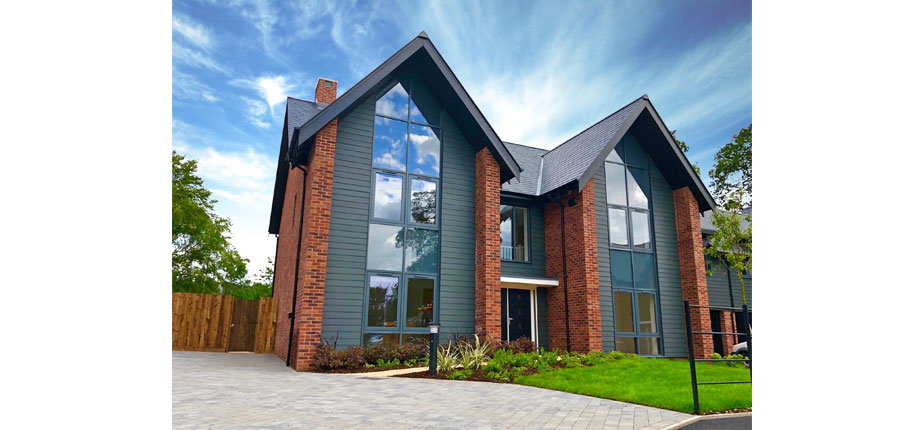Mention curtain walling to any specifier or contractor and it’s an odds on bet they won’t associate the term with residential projects. However, technical developments have gradually extended the design scope of such systems, first to multiple occupancy housing and subsequently to individual architect-designed homes.
So, what has prompted this? When you look at what curtain walling is this should come as no real surprise. Essentially, it is a façade with framing made of metal, PVCu or timber with vertical or horizontal elements. These are anchored to the supporting structure to provide the functions of an external wall without it being load-bearing. This has positive benefits in terms of installation speed and cost.

In addition, though PVCu is still used extensively in house building it has clear drawbacks, particularly in terms of expansion and contraction. Aluminium, by contrast, is highly stable and therefore offers a far longer design life. Importantly, aluminium has inherent strength and light weight that PVCu does not.
Developments in thermal technology affecting aluminium systems is also a commonly cited reason for their use. Those from manufacturers such as Kestrel Aluminium retain heat effectively thereby limiting its transfer. They also provide an exceptional standard of durability, a feature assisted greatly by modern powder coating techniques. Enhanced colour fastness and coating stability prevent any risk of peeling, flaking or fading, retaining an as-installed appearance for years to come.
Such a noticeably improved, lasting visual aesthetic is enhanced by the ability to manufacture any RAL shade to meet project-specific requirements. Specialist manufacturers can also produce dual colours to complement existing or planned facets of interior and exterior design.
Kestrel Aluminium Technical Manager Ian Osborne commented, “Aluminium frames now provide a combination of the key features a designer needs – strength, thermal efficiency (enhanced by the use of a larger glazing area) and a distinctive visual aesthetic. Add to that the total recyclability of aluminium and it also scores highly in terms of sustainability. Only 5-10% of the energy used in the production of the primary metal is needed when refabricating from recovered material.”
Whether for highly complex architecture or a simple feature of housing design, aluminium curtain walling offers the widest range of uses. With its critical combination of aesthetics and high functionality, the material is surely set to secure a steadily increasing market share.
Visit Kestrel's website here
- Log in to post comments















